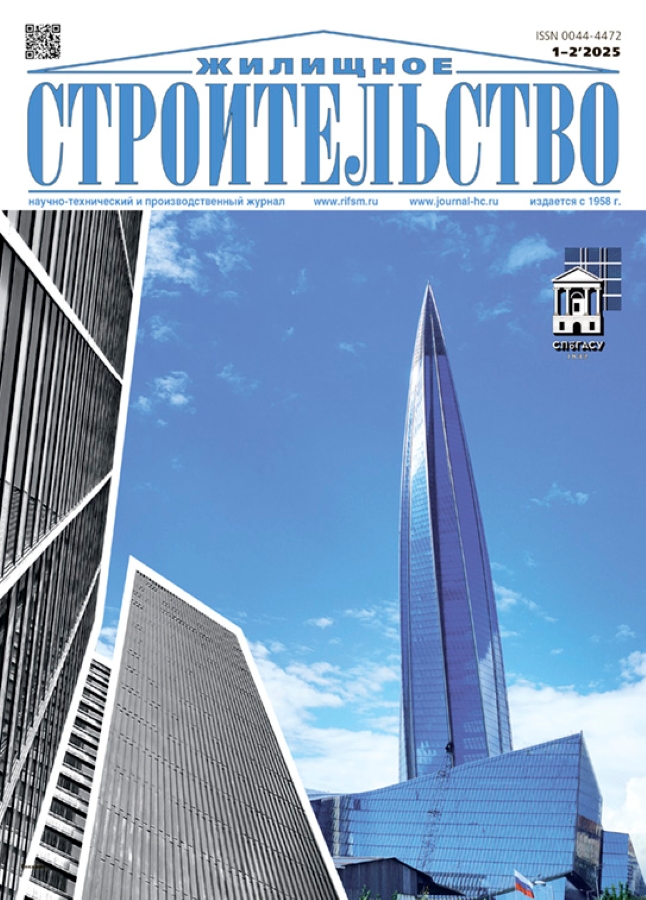Urban planning regulation principles in the countries of East and South-East Asia
- 作者: Semenov Y.S.1, Soldatenkov Y.Y.1, Peslyak O.А.1
-
隶属关系:
- Saint Petersburg State University of Architecture and Civil Engineering
- 期: 编号 1-2 (2025)
- 页面: 53-58
- 栏目: Articles
- URL: https://rjonco.com/0044-4472/article/view/677189
- DOI: https://doi.org/10.31659/0044-4472-2025-1-2-53-58
- ID: 677189
如何引用文章
详细
The article is an analysis of the settlement systems development of East Asian countries from the point of view of the adopted measures of urban planning regulation and their resulting effect on the spatial populated areas development. A sample of countries with the greatest potential for identifying various representative principles of urban planning regulation and geographical dispersion – China, Japan and Singapore – was taken for the study. The time range of the analysis is from the 80s of the XX century to the 20s of the XXI century, corresponding to the period of the most active urbanization in the countries of East Asia, influenced by domestic urban policies and global social processes. Based on the analysis, the key principles in the formation of the approach to urban planning regulation of the settlement systems development in China, Japan and Singapore are defined. To conduct a comparative analysis and assess the effectiveness and adequacy of the application of certain principles of regulation in urban planning activities in the Russian Federation, several criteria are introduced, considering the domestic specifics of urban planning activities. The study proposes an algorithm of actions to introduce and implement one of the principles compatible with Russian urban planning in the process of spatial development.
全文:
作者简介
Yu. Semenov
Saint Petersburg State University of Architecture and Civil Engineering
编辑信件的主要联系方式.
Email: je.sem@mail.ru
Postgraduate Student
俄罗斯联邦, 4, 2nd Krasnoarmeiskaya Street, Saint Petersburg, 190005Ya. Soldatenkov
Saint Petersburg State University of Architecture and Civil Engineering
Email: syyurich@gmail.com
Postgraduate Student
俄罗斯联邦, 4, 2nd Krasnoarmeiskaya Street, Saint Petersburg, 190005O. Peslyak
Saint Petersburg State University of Architecture and Civil Engineering
Email: opeslyak@mail.ru
Candidate of Architecture
俄罗斯联邦, 4, 2nd Krasnoarmeiskaya Street, Saint Petersburg, 190005参考
- Mazaev G., Bystrova T. Sel’skoe rasselenie: istoriya i tipologiya [Rural settlement: history and typology]. Yekateriningburg: TATLIN, 2024. 108 p.
- Potapov M.A. Economic development of East Asia: current state and prospects. Rossia i ATR. 2020. No. 3, pp. 95–109. (In Russian). EDN: ACAIJK
- Boytsov V.V. South-East Asia and large regions of developing countries: dynamics, structure and growth factors. Vostochnaya analitika. 2019. No. 4, pp. 7–17. (In Russian). EDN: HFLIFL
- Xue A.J., Huang C. and Jiang B. Measuring global urban complexity from the perspective of living structure. Urban Informatics. 2024. No. 3 (28), pp. 1–15. EDN: EYALAY. https://doi.org/10.1007/s44212-024-00059-3
- Valibeigi M., Ashuri F. Semantic analysis of the first cities from a deconstruction perspective. Architecture and Engineering. 2020. No. 3, pp. 43–48. EDN: OFQQNA. https://doi.org/10.23968/2500-0055-2020-5-3-43-48
- Mousavi S.M., Hosseininasab Sh., Mahar W.A. Buffer zone policy and its impact on the land value and the quality of the built environment in world heritage sites: the case of Kampung Jawa, Melaka, Malaysia. Architecture and Engineering. 2024. No. 1, pp. 91–102. EDN: CRJXJK. https://doi.org/10.23968/2500-0055-2024-9-1-91-102
- Moiseev Yu.M. The validity of spatial development guidelines: issues of gradanalysis. Architecture and Modern Information Technologies. 2023. No. 4 (65), pp. 203–214. (In Russian). EDN: UBDWMK. https://doi.org/10.24412/1998-4839-2023-4-203-214
- Milashevskaya A.N. Problems of territorial planning In Russia in the 2020s. Architecture and Modern Information Technologies. 2022. No. 3 (60), pp. 208–222. (In Russian). EDN: PEKEHV. https://doi.org/10.24412/1998-4839-2022-3-208-222
补充文件








